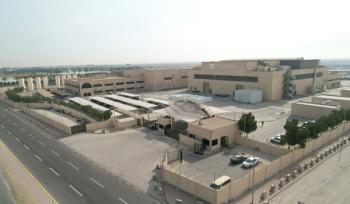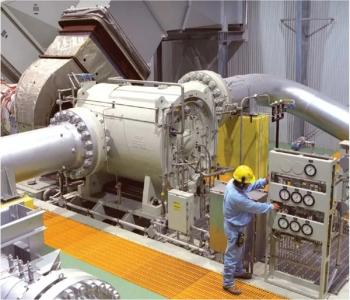
How to combat performance degradation in turbines
At the 2013 Turbo Expo on turbine degradation, Rainer Kurz, Manager of Systems Analysis at Solar Turbines (and a Myth Buster columnist for Turbomachinery International), delivered an opening lecture outlining the various environmental conditions that can lead to fouling, corrosion and performance degradation. This includes viscous hydrocarbons from flares and exhausts, dust, sand, cement dust, shot blast, iron oxides, salt crystals as well as cyclic wet/dry conditions.
"Degradation can be caused by changes in airfoil and flow path geometry, altered surfaces and shift of machine clearances. The main causes are fouling, erosion, corrosion, hot corrosion, abrasion and damage," said Kurz. He laid out the differences between recoverable and non-recoverable degradation, as well as the various ways to combat a downturn in performance: on line washing, on crank washing, engine adjustments, component replacements and repairs.
Compressor fouling is one of the main areas of recoverable degradation. "The particle size most responsible for fouling is 1 to 5 microns," said Kurz. "Therefore, fouling can be controlled by the quality of the air filtration system."
As gas turbines (GTs) consist of many interacting turbomachines, the picture can become complex due to various contaminants attacking different parts. Bad air filtration, for instance, tends to have more of an impact on the compressor while bad fuel affects the hot section. "The amount of power or efficiency lost for a given amount of component degradation differs for various ambient conditions. Therefore, it is not possible to establish a universal rate of engine degradation that is valid for any condition."
Read more in the July/August 2013 issue of Turbomachinery International magazine.
Newsletter
Power your knowledge with the latest in turbine technology, engineering advances, and energy solutions—subscribe to Turbomachinery International today.




